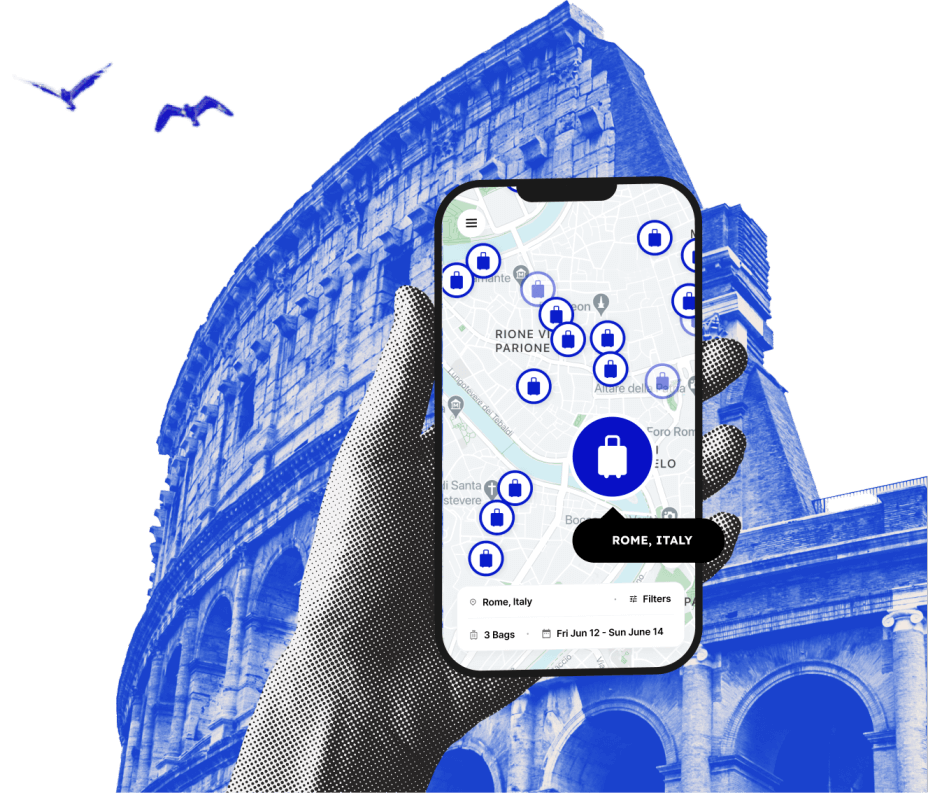The Top 14 Free Things To Do In Tokyo
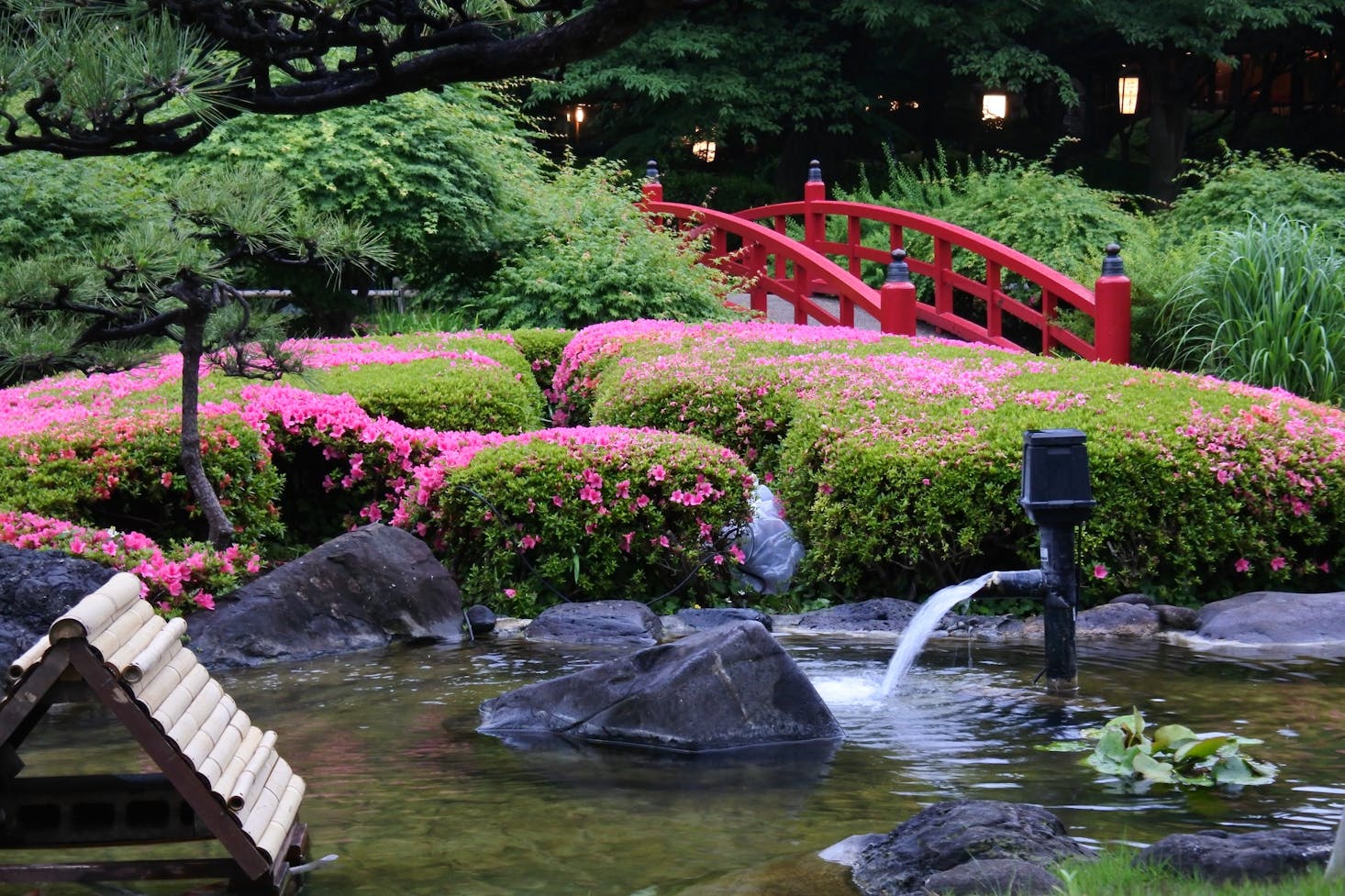
Are you looking to immerse yourself in modern Japanese culture, art galleries, or places with a panoramic view of neighborhoods in Tokyo, Japan? You can do all of this and more for free!
Do not fret if you are on a tight budget when touring and seeing the sights in Tokyo. Many fun and exciting things can be experienced in Tokyo including temples, gardens, contemporary art exhibits, the iconic world-famous fish market, and even sumo practice.
Keep reading to learn about several of the free things to do in Tokyo and once you've stored your bags at a Tokyo luggage locker, you're ready to begin. Movie lovers, head to the Shibuya Crossing. Pokémon fans, look for the themed manhole covers in Ueno Park! Enjoy all there is to do without cost in Tokyo.
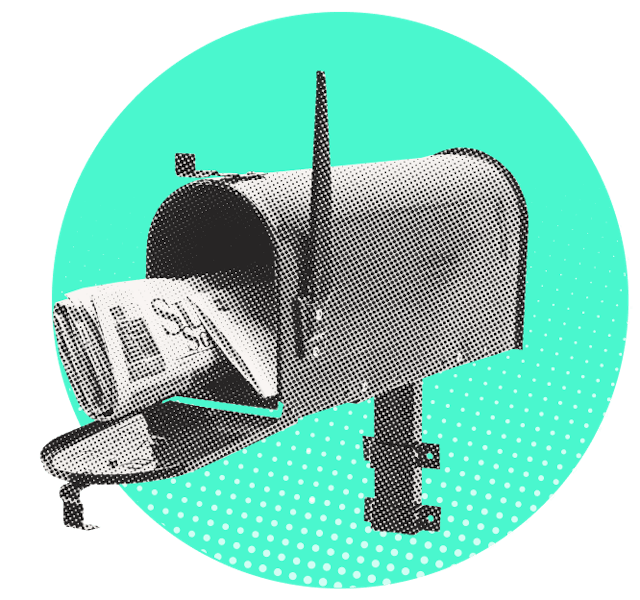
Love discounts and traveling?
Sign up for our newsletter and get 10% off your next booking.
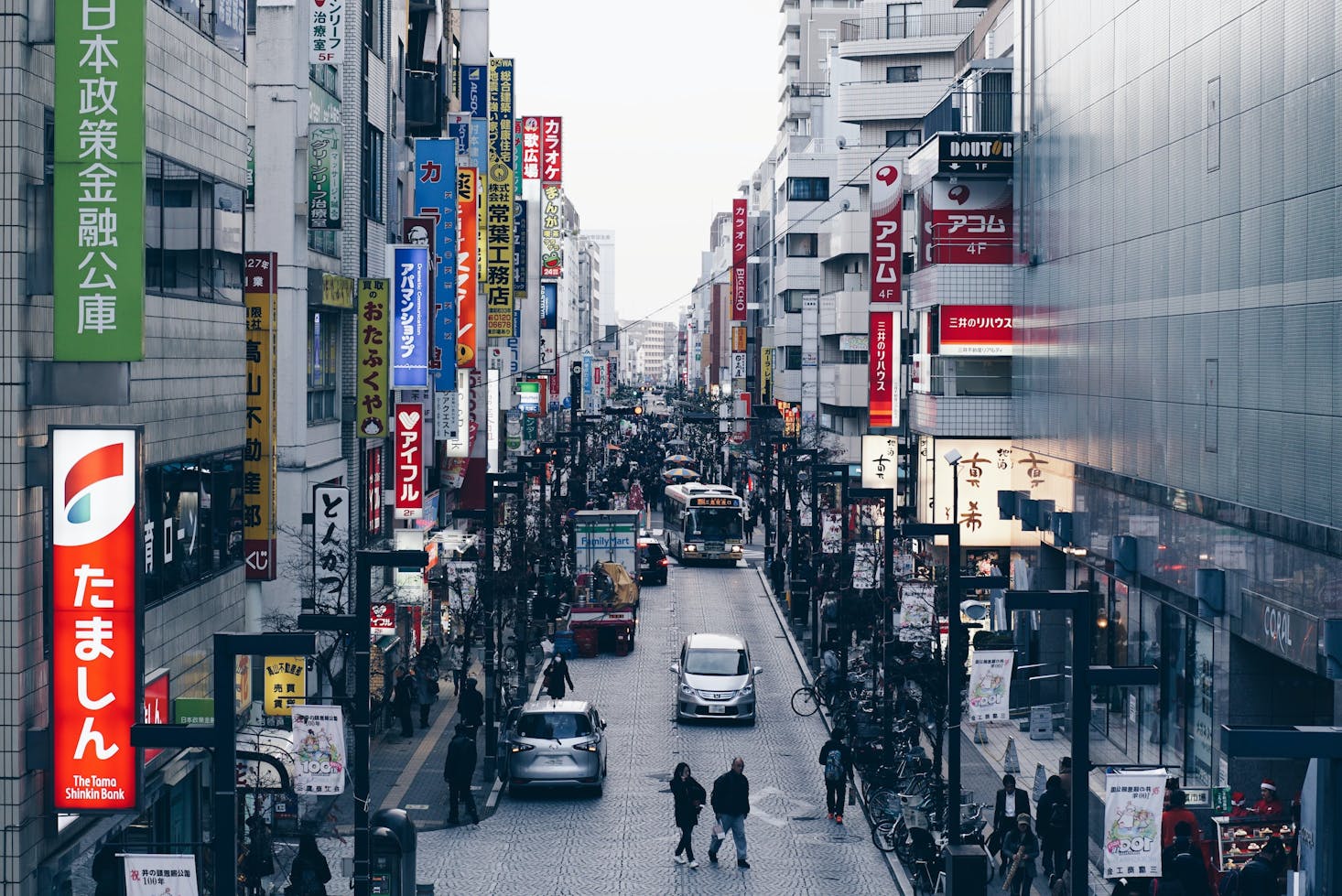
Imperial Palace Gardens
While you will not be able to go inside the Imperial Palace without paying an admission fee, you can stroll around the manicured grounds for free. Meander around the paths and beside the moats. You will see wonderful views of several bridges and the skeleton of an ancient medieval keep. With a total of three miles of paths throughout the palace grounds, it is a fantastic place to visit for free.
After visiting the main grounds of the Imperial Palace, head over to the Imperial Palace East Gardens which encompass the ninomaru and honmaru, or the innermost areas of the castle’s gardens. The small woodland area, broad lawns, and seasonal plants and flowers are spectacular.
The Kokyo Gaien National Garden is in front of the Imperial Palace Sakuradamon Gate. This is where Ii Naosuke was assassinated in 1860; Ii Naosuke was a controversial supporter of opening Japan to the outside world.
Another park or garden linked to the Imperial Palace is Kitanomaru Park. This park is home to the country’s premier martial arts arena, Budokan. The Chidorigaduchi Moat is also in Kitanomaru Park. Plan your visit during the spring when the moat is surrounded by vibrant cherry blossoms.
Harajuku Neighborhood
The vividness of the Harajuku neighborhood is an explosion of color and festiveness. The main street, Takeshita Dori, is filled with shops, cafes, and a kaleidoscope of color and motifs. The busyness of the neighborhood is mesmerizing and you will find yourself swept up in the gaiety of the moment.
Make your way down Omote-sando, lined with zelkova trees and upscale boutiques. The Design Festa Gallery is filled with funky, fun art that will fill you with joy. Spend some time in Yoyogi-Koen or Yoyogi Park with its magnificent green spaces that are perfect for international festivals.
As you explore the neighborhood, you will run into a few Harajuku Girls with their outlandish Asian Gothic style that was made familiar to Americans by Gwen Stefani during her solo tour. Takeshita Street really is the best place to see these girls, even though they are more dispersed throughout the city now.
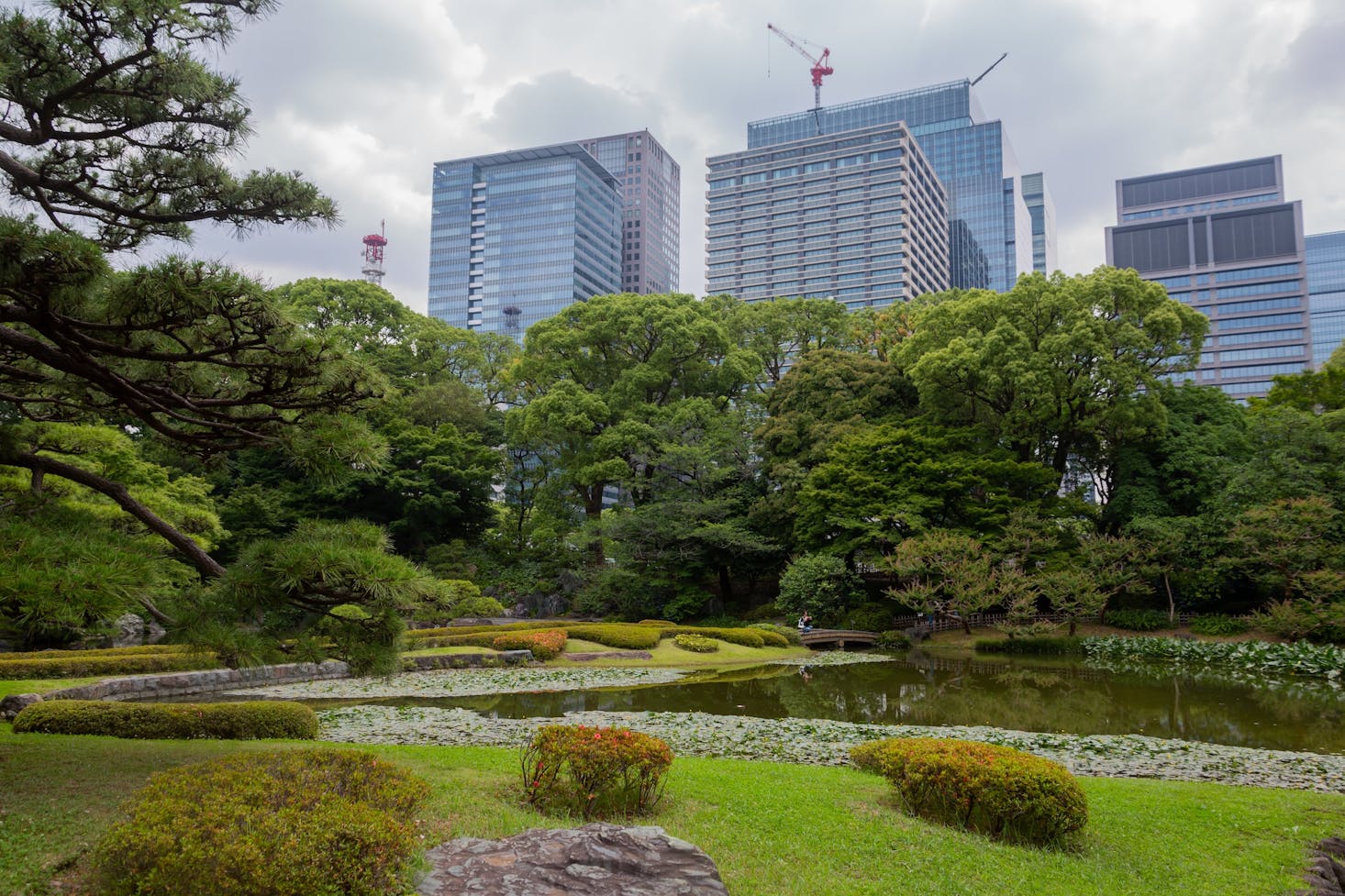
Rainbow Bridge
Odaiba is a small island in Tokyo Bay that is linked to the mainland by the Rainbow Bridge, a 2,618-foot suspension bridge. The bridge is illuminated with color bursts at nightfall and is a wonderful sight to see at night and a great attraction to stroll across during the day.
An artificial beach was created for visitors to Odaiba to sunbathe or splash in the bay. There is a replica of the Statue of Liberty on this island and the Gundam statue is also on the island, making a fabulous backdrop for photos.
Toyosu Market
The iconic fish market and tuna auction at Toyosu Market is something you absolutely have to experience when you visit Tokyo and the best part is that it is free to explore. The auction starts around 5:30 a.m. so you will have to get up early if you want to see this amazing sight. The auction lasts only about an hour.
You can apply to watch the action from a viewing platform located next to the market floor but you have to apply well in advance. Even if you are not lucky enough to get on the viewing platform the sprawling complex has plenty to see. There are free exhibitions and infographics that give a storied history of the fish market. There are even QR codes you can scan for interactive free tours in several languages.
Yasukuni Shrine
The Yasukuni-jinja is considered one of the more controversial religious monuments in Tokyo and commemorates the approximate 2.5 million casualties of war. Included on the monument are the World War II kamikaze pilots who were convicted of war crimes. Many tourists find the Yasukuni Shrine fascinating simply because the kamikaze pilots are also listed there.
The flagstone entrance is lined with paper lanterns left by locals who are paying tribute to their fallen family members. Mitama Matsuri, held in the summer, is when all of the 30,000 lanterns are illuminated. If you are visiting during the spring, the shrine is surrounded by Sakura or cherry blossoms and is beautiful to see.
Yebisu Beer Museum
Operated by one of the biggest brewers in Japan, the Yebisu Beer Museum offers an in-depth look at the history of Japanese beer. The exhibits of vintage bottles and advertisements are fun to see and there is even a tasting room. The tastings are not free, though, so bring along some money if you want to sample some of the beer.
Afterward, head over to the Yebisu Garden Tower which is adjacent to the museum. Go to the 38th floor for a spectacular view of downtown Tokyo. Bring your camera and snap some social media-worthy photos to share with friends back home from this observation deck.

Meguro Parasitological Museum
A museum dedicated to parasites can only be found in Tokyo and it is believed that this is the only museum of its kind in the world. It is a small museum in the Meguro Ward that was founded in 1953 by Dr. Satoru Kamegai.
There are an estimated 60,000 specimens in the museum but only about 300 specimens are on exhibit. It can be a bit difficult to display some of these parasites so many of them are suspended inside casings filled with formaldehyde. The museum will give you nightmares but you still don’t want to miss it.
Advertising Museum Tokyo
Located in the Caretta Shiodome Building, the Advertising Museum Tokyo, or ADMT, is within walking distance of the Shimbashi Station in Minato Ward. This is the first museum in Japan dedicated to marketing and advertising. The museum collects and preserves advertisements from all over the world.
It is an interesting and unique museum that was established by the Yoshida Hideo Memorial Foundation and is completely free to visit. The main permanent exhibit follows the history of Japanese advertising during the Edo Period forward. The museum has video screens throughout displaying television ads and digital ads.

Tokyo Polytechnic University Suginami Animation Museum
You cannot visit Tokyo without experiencing just a little bit of its anime culture. The Suginami Animation Museum is located in the Ogikubo neighborhood, a little out of the way when you are looking for free things to do in Tokyo. The neighborhood is dotted with generic chain stores and local hangouts.
But, when you step inside Suginami, the vibrant, artistic side of Japanese anime is brought to the forefront. The permanent displays can be found on one floor, there is a cinema floor that is home to several rotating exhibits and a library filled with anime films.
Asakusa Culture and Tourist Information Center
The building that houses the Asakusa Center was designed by Kengo Kuma and is located right across the street from the Kaminarimon Gate of the Sensoji Temple. The center offers free guided tours and has observation decks for you to see panoramic views of the city. The covered 8th-story rooftop observation deck is popular with tourists.
The Asakusa Culture and Tourist Information Center also offer currency exchange and an information desk where you can ask questions and sign up for tours. If you have a larger group, you will want to call ahead and make sure arrangements can be made for the group to go on a guided tour and enjoy the observation deck.
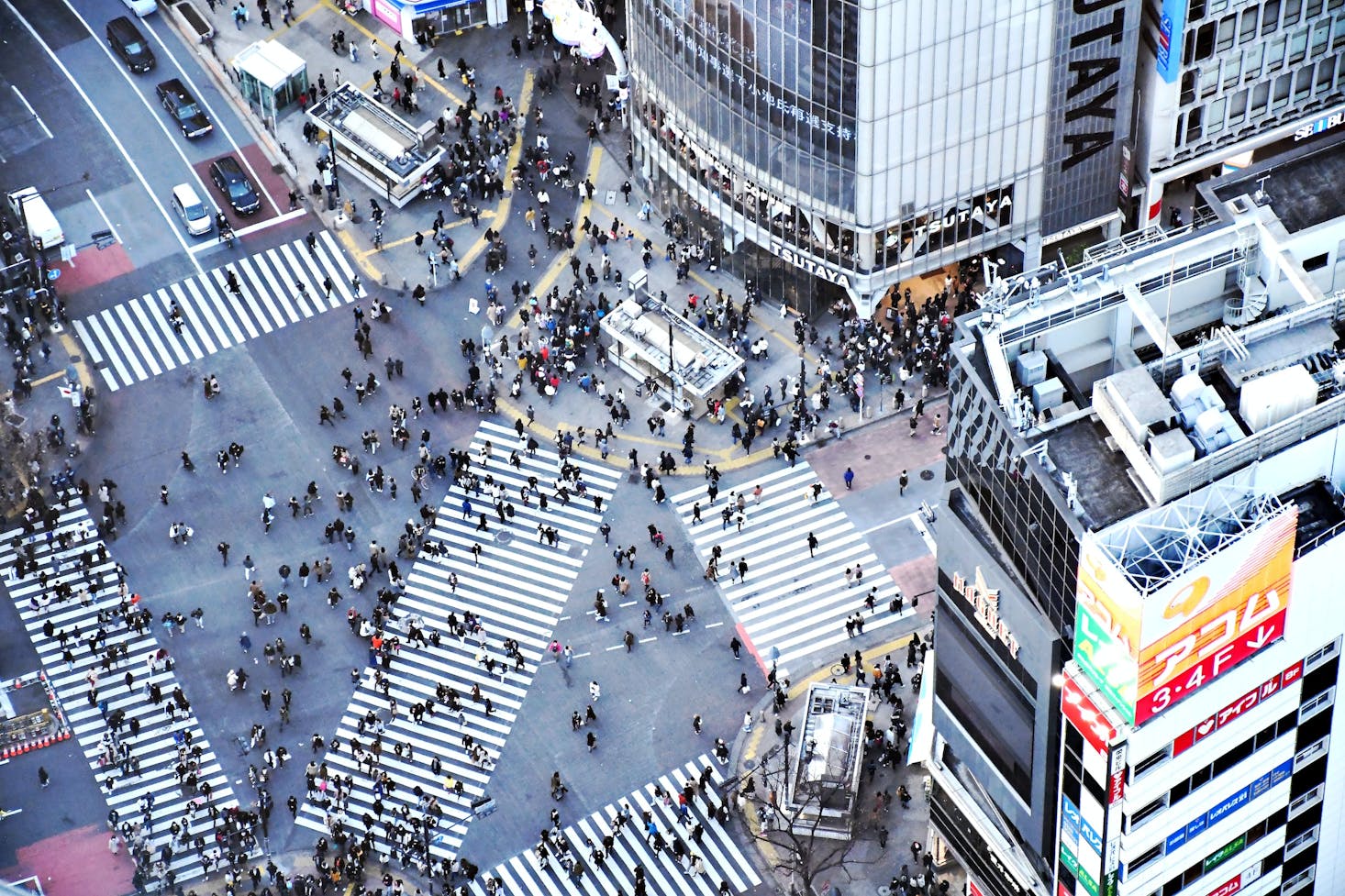
Carrot Tower
This interesting tower was given the name Carrot Tower because of its rather odd orange façade. It is where you need to go for a free observation deck high above the city on the 26th floor. There is a lovely restaurant and a more budget-friendly café when you are seeing Tokyo on a shoestring budget.
You will have unobstructed views of Mount Fuji when the day is clear. Sit on one of the comfortable sofas and look out at the landscape and city views. It is not as close as Sangenjaya, which is just two metro stops away, but it is still a great free place to visit in Tokyo.
Senso-ji Temple
While Tokyo is best known for its skyscrapers, neon signs, and anime, Asakusa hides the ancient Japanese way of life and the sacred site of the Senso-ji Temple. The Buddhist temple was originally built in the 7th century and is one of the most famous attractions in Tokyo.
The way to the temple is lined with vendor stalls with all different types of colorful souvenirs including washi paper fans and photos of the temple. While you are window shopping along the way, you may find some cute little gifts for friends back home. It is a very popular destination and will be crowded unless you plan on visiting at 6:00 a.m.
You can stroll around the temple and then head over to the Asakusa Tourist Center to its open-air observation deck so you can look down on the Senso-ji Temple. You will also have unobstructed views of the Tokyo Skytree which is one of the world’s tallest free-standing structures.

Tokyo Metropolitan Government Building
Also called Tocho for short by locals, this building is the seat of the Tokyo Metropolitan Government. The building was designed by Kenzo Tange and is in the Shinjuku ward on Nishishinjuku. It is free to visit the Tokyo Metropolitan Government Building where you can admire the architecture and enjoy the art that is displayed inside.
Tokyo Metro
Driving in Tokyo is really not an option if you are not a local, so tourists will need to rely on the Tokyo metro which is actually a good thing when you are trying to experience as much of the city life in Tokyo while on a budget.
The metro stations are something you will want to see as you make your way through the city. Start your journey at Tokyo midtown and the Tokyo Station. Contemporary and modern art can be found in the Shinjuku station, Shibuya station, Ueno station, and Harajuku station.
Free Things to Experience in Tokyo
Visit the Edo Castle in early summer and enjoy free admission or learn about traditional Japanese culture when you visit many of the museums throughout the city. Public parks are another fabulous resource to tap into when you are on a budget but still want to get to know Tokyo.
Some of the best free things to do in Tokyo won't cost you a single yen such as listening to live music in the park, enjoying the blooming cherry blossoms in late March, or exploring the iconic fish market. It is possible to stick to your budget when you visit Tokyo by taking advantage of the free things available.

Love discounts and traveling?
Sign up for our newsletter and get 10% off your next booking.
